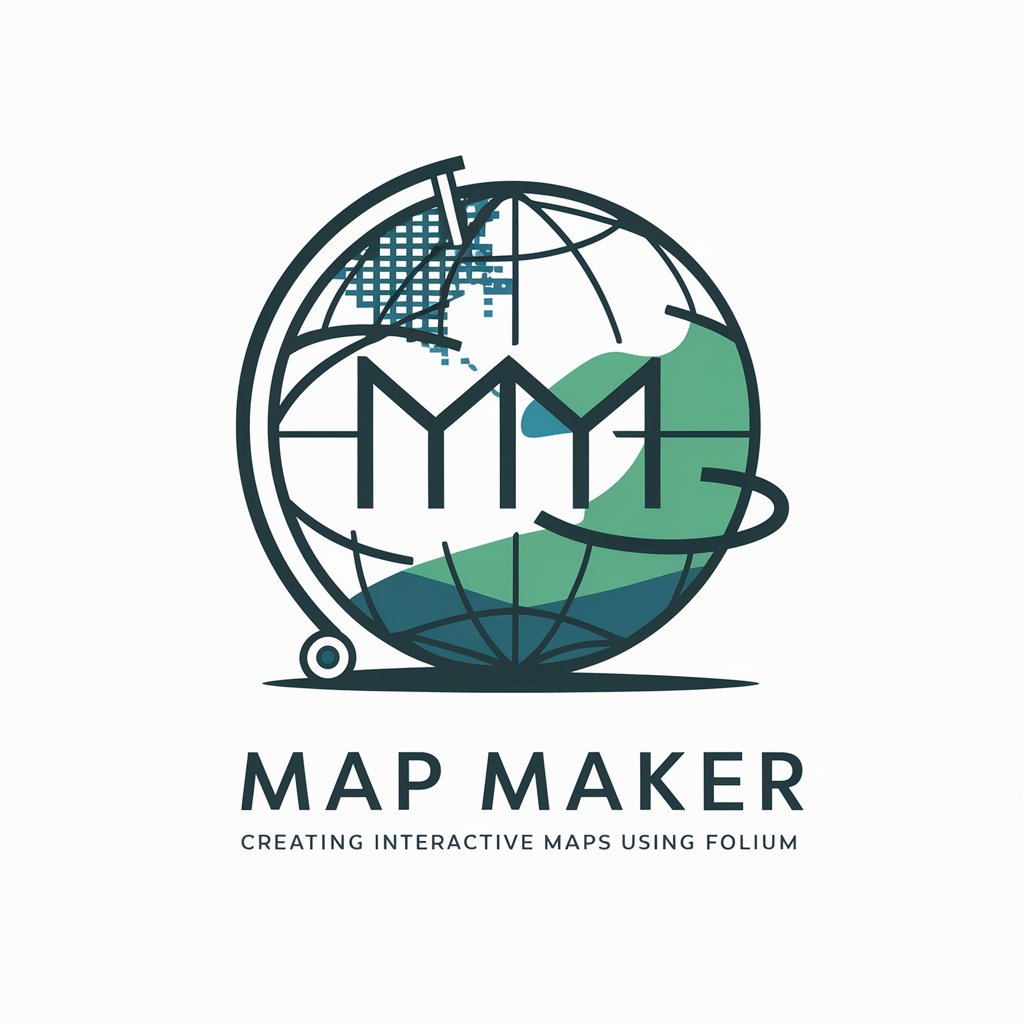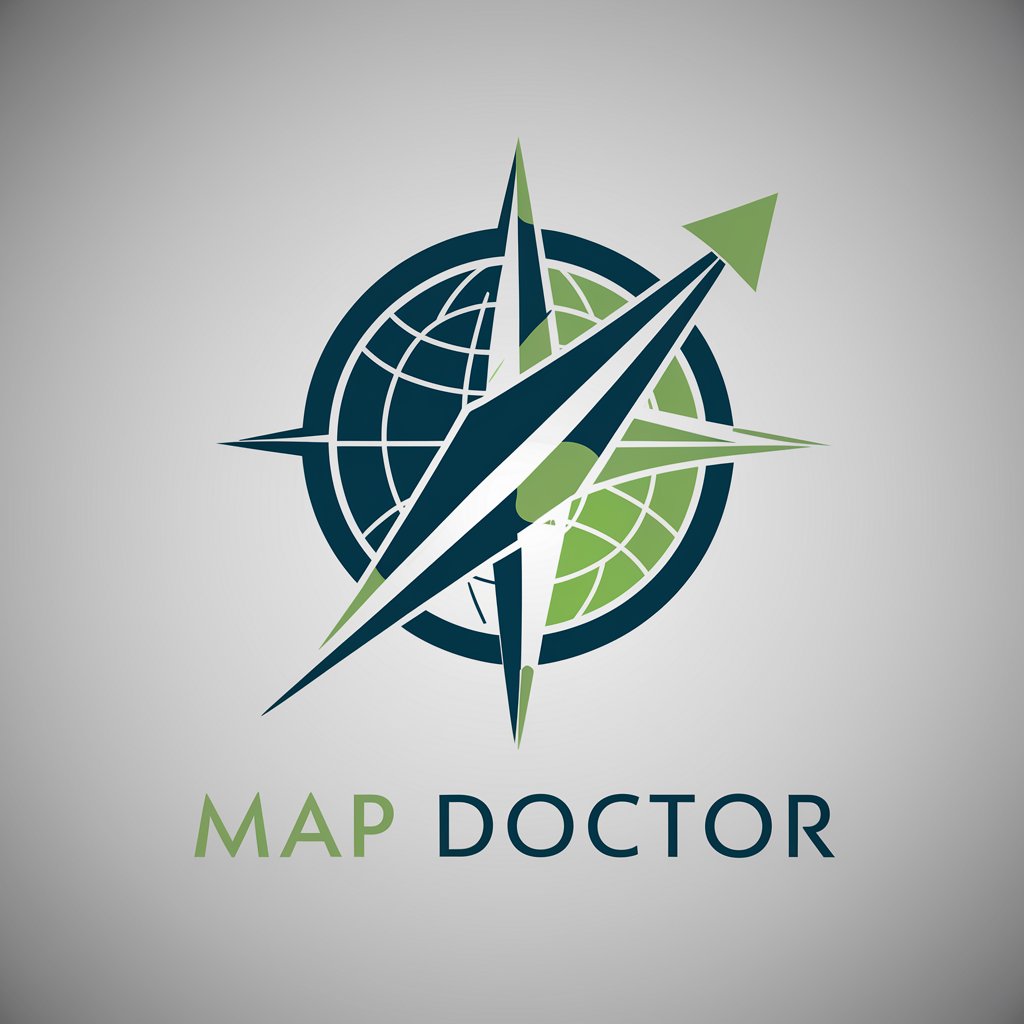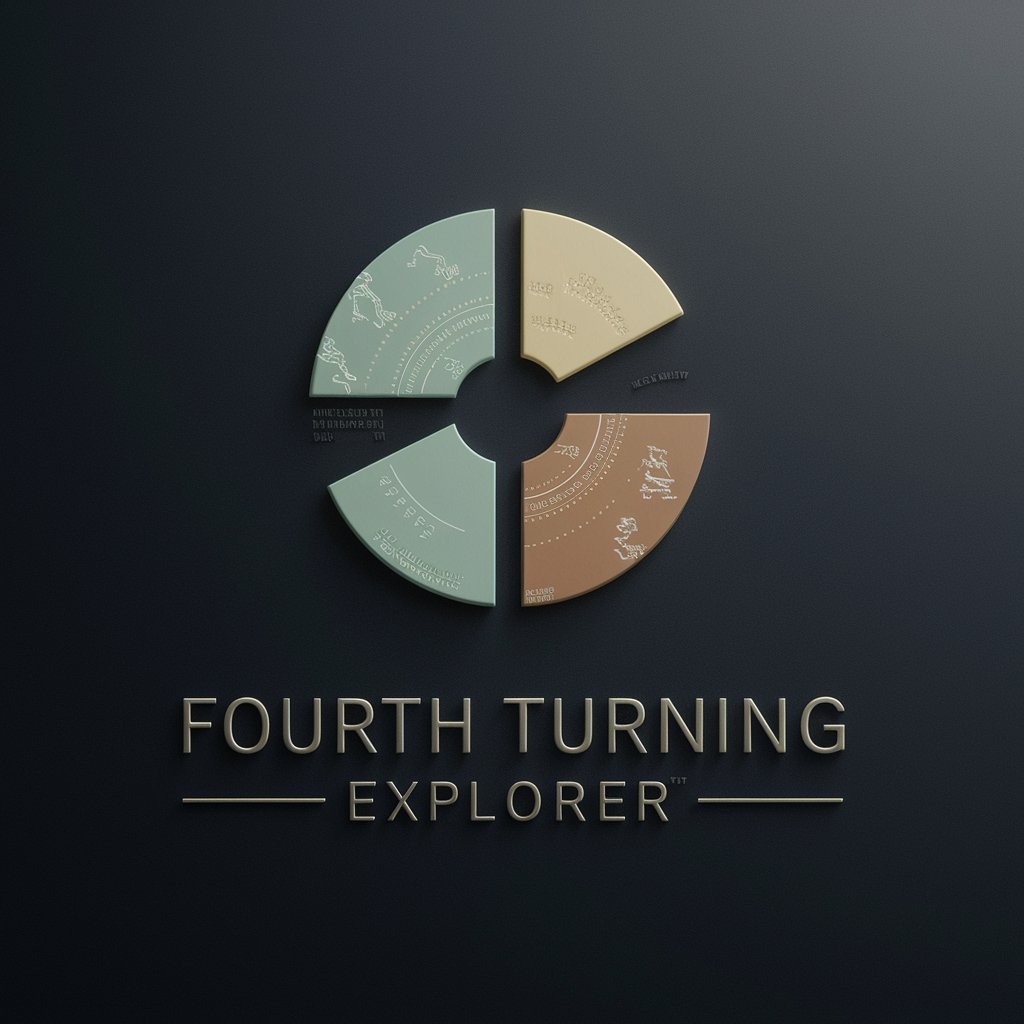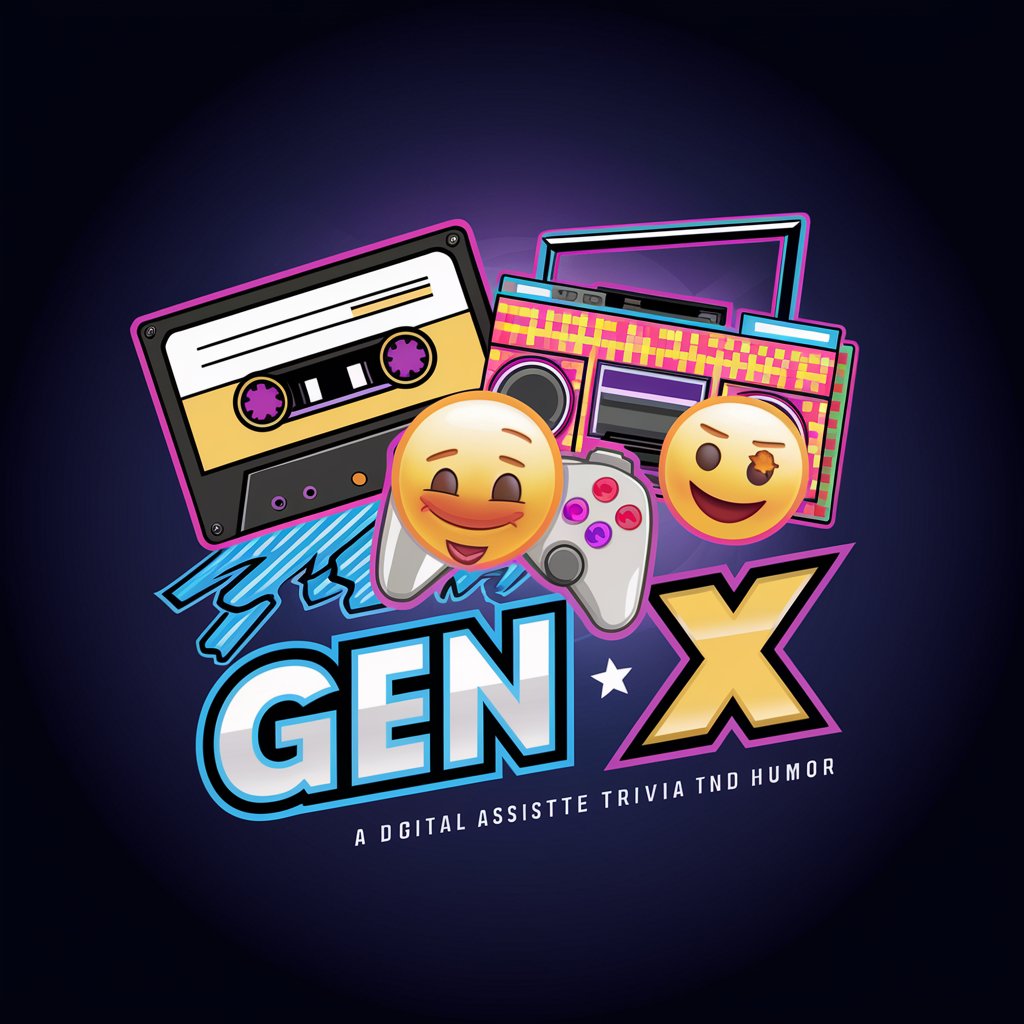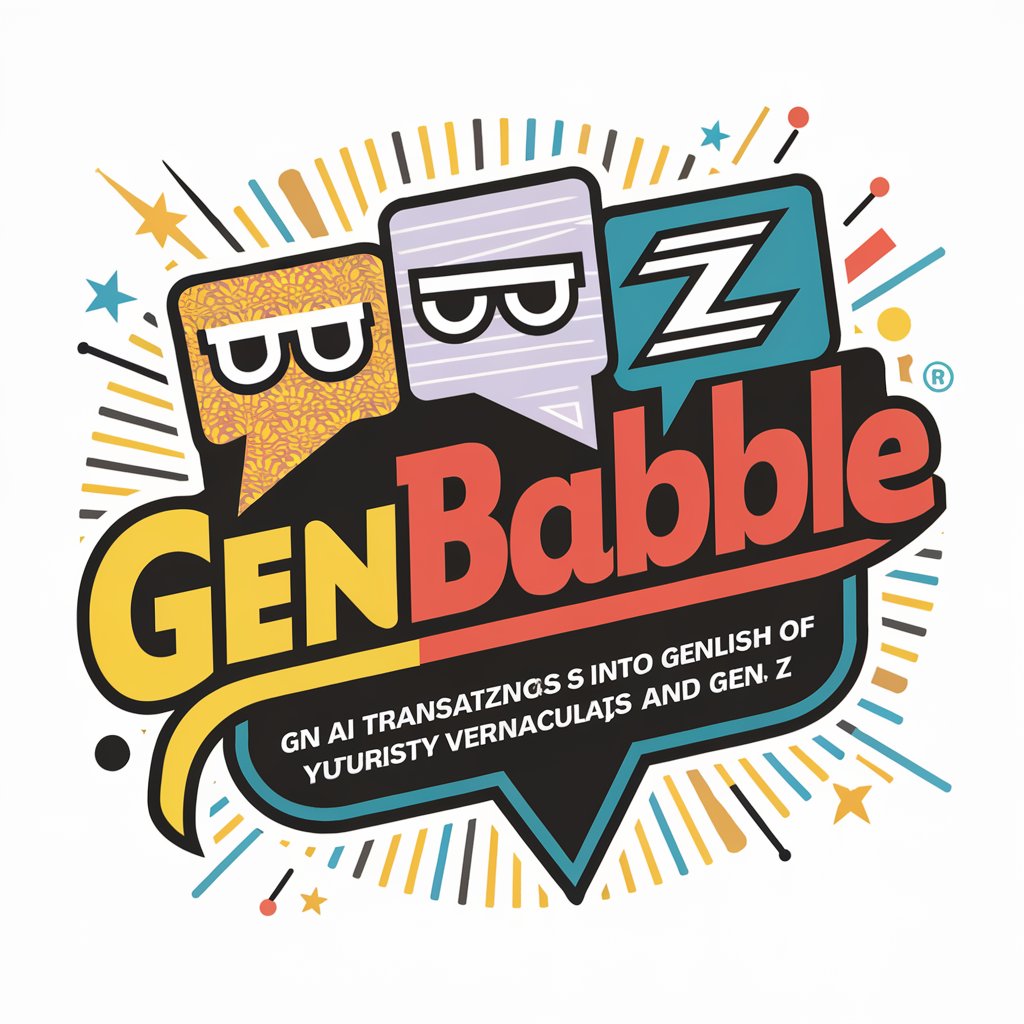
Generation Gap Map - Generation Language Tool
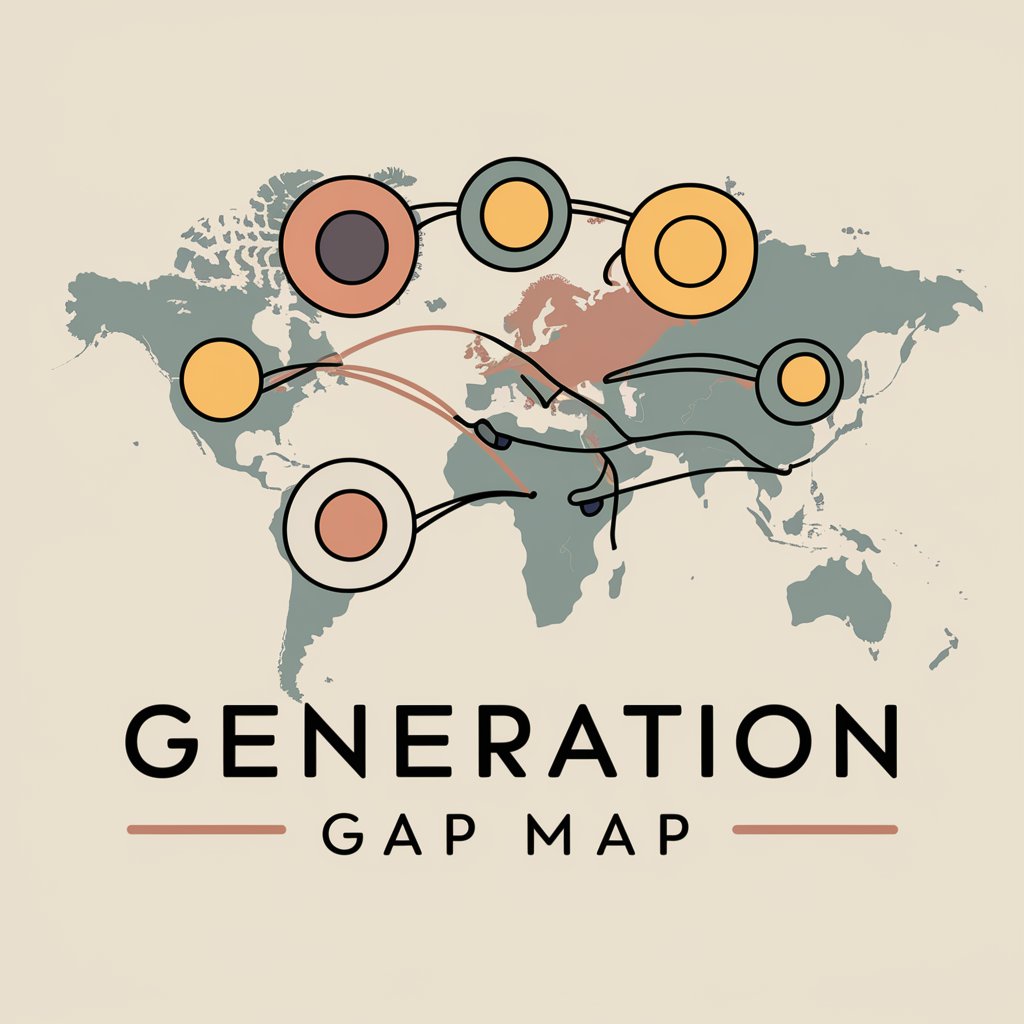
Hello! Let's bridge generational gaps together.
Bridging Generational Gaps with AI
Explain the difference between slang from Gen Z and Baby Boomers.
What are some common phrases used by Millennials that older generations might not understand?
How has the meaning of the term 'lit' evolved over the years?
Describe how communication styles differ between Generation X and Gen Alpha.
Get Embed Code
Understanding Generation Gap Map
Generation Gap Map is designed to facilitate understanding between different generations by focusing on their unique jargons. This tool provides explanations, compares, and offers context to bridge communication gaps between the seven recognized generations—Greatest Generation, Silent Generation, Baby Boomers, Generation X, Millennials, Generation Z, and Generation Alpha. It is equipped to handle terms from different eras, explaining their historical context and current usage. For example, the term 'groovy' originated in the 1960s among Baby Boomers, but might be used ironically or in retro contexts by Millennials and Gen Z today. Powered by ChatGPT-4o。

Core Functions of Generation Gap Map
Jargon Explanation
Example
Explaining 'woke'—originally African American Vernacular English (AAVE) meaning alert to injustice, now widely used across generations with varying understanding.
Scenario
A Baby Boomer and a Gen Z discussing social issues might use the term differently, leading to misunderstandings. Generation Gap Map clarifies these differences.
Historical Context
Example
Detailing the evolution of the term 'hacker' from someone enthusiastic about hardware in the 1960s to its current association with cybersecurity.
Scenario
In a workplace setting, older employees might use the term with its original positive connotation, whereas younger employees may interpret it negatively.
Cultural Sensitivity Training
Example
Guiding users through understanding and respecting cultural references that may not transcend generations, like the significance of vinyl records to Baby Boomers versus Gen Alpha.
Scenario
An event planner uses Generation Gap Map to tailor a multi-generational wedding playlist that respects and incorporates music appreciated across all ages.
Who Benefits Most from Generation Gap Map?
Educators and Trainers
Educators working with diverse age groups can use the tool to tailor lessons that resonate with different generations, enhancing engagement and understanding.
Human Resources Professionals
HR professionals might use it to craft policies or communication that bridge understanding among multi-generational staff, improving workplace culture and collaboration.
Marketing Teams
Marketing professionals targeting multi-generational audiences can benefit from understanding the nuances of language and media consumption preferences across different age groups.
Families
Families with significant age gaps among members can use this tool to improve communication and mutual respect across generations within the household.

Using Generation Gap Map
Step 1
Visit yeschat.ai for a free trial without login, and no need for ChatGPT Plus.
Step 2
Choose the 'Generation Gap Map' tool from the list of available tools to start exploring its features.
Step 3
Identify your generation or the generation you want to learn about using the provided dropdown menus.
Step 4
Enter specific terms or phrases in the search bar to receive explanations and contextual comparisons between generations.
Step 5
Utilize the 'Ask a Question' feature to get direct responses about generational language or culture gaps, which can help in understanding or bridging differences.
Try other advanced and practical GPTs
Mind the Gap
Insightful AI for Deeper Understanding
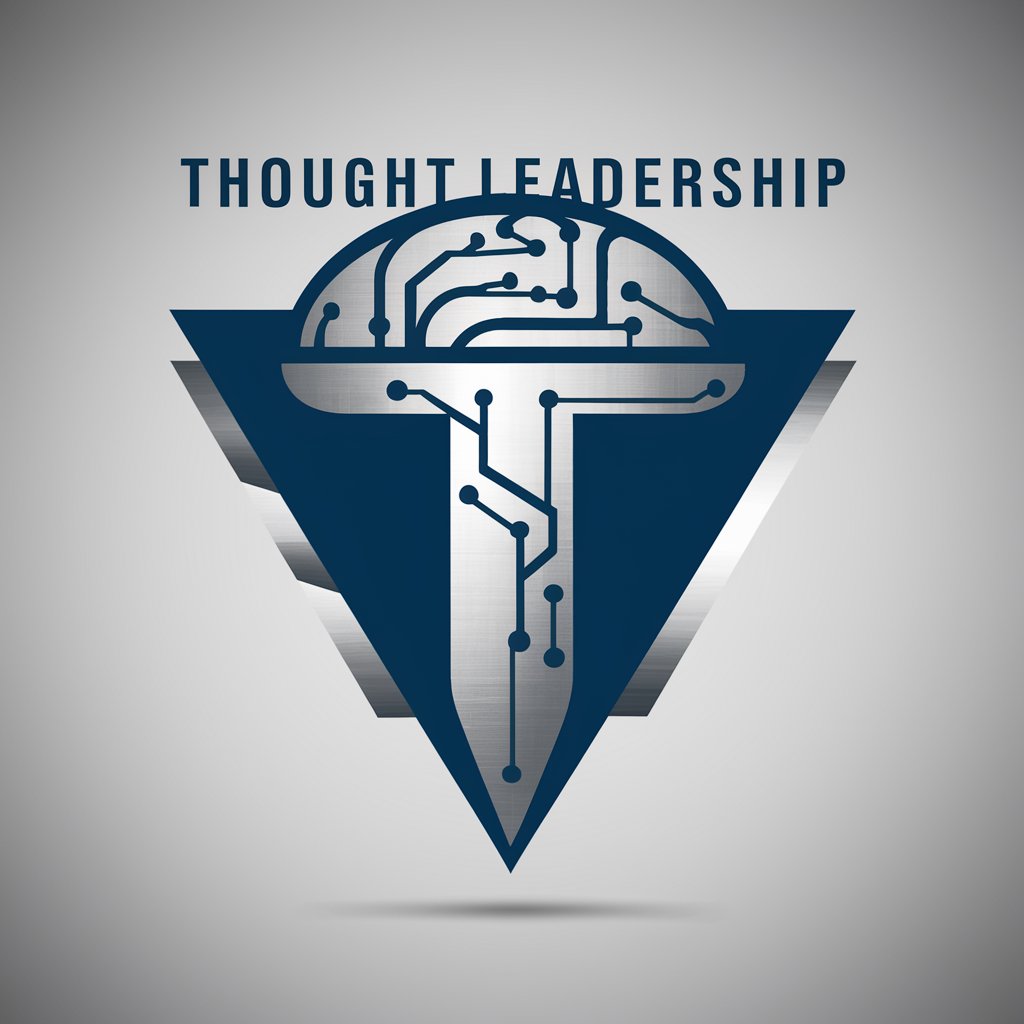
Gap Year Guide
Empower your gap year with AI-driven guidance
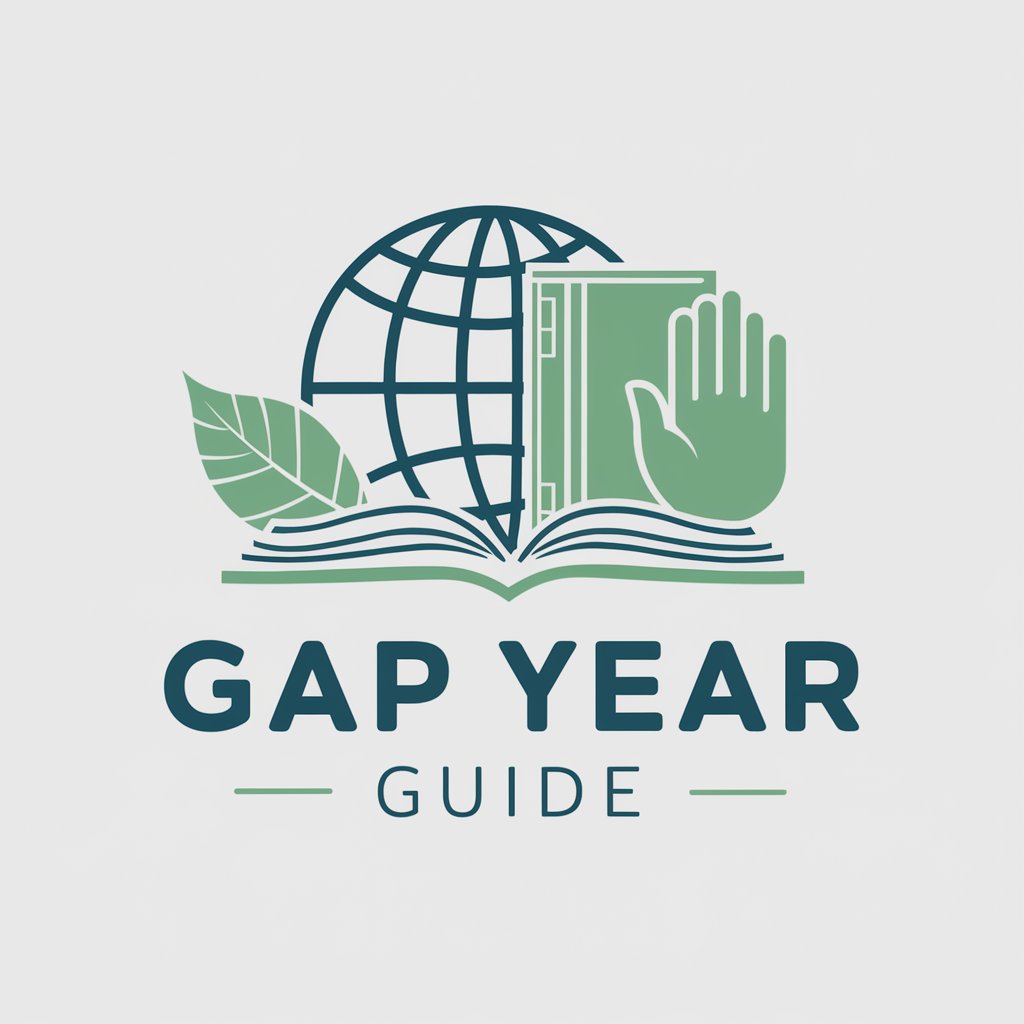
Gap Compression
Master Negotiations with AI
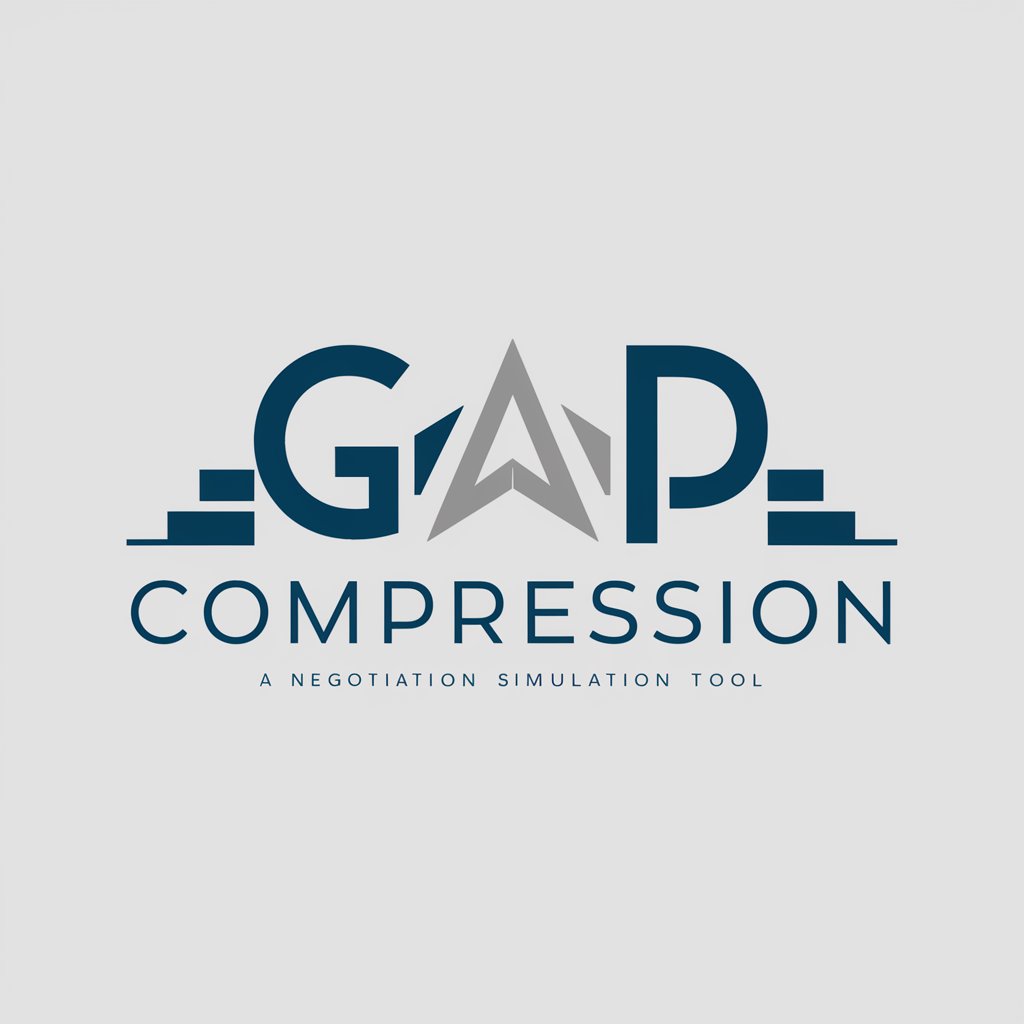
Market Gap Identifier
Discovering Untapped Market Opportunities
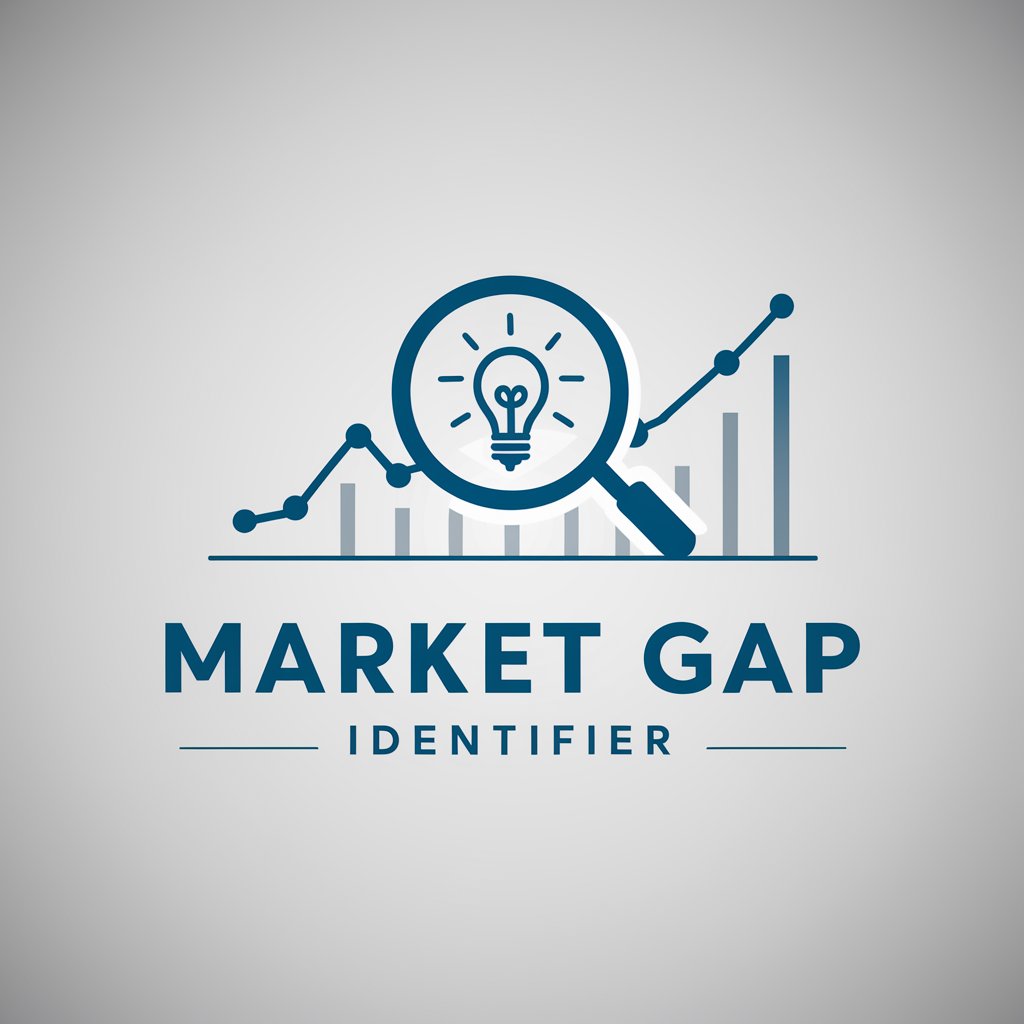
Gap Analyst
Bridging Gaps with AI Precision
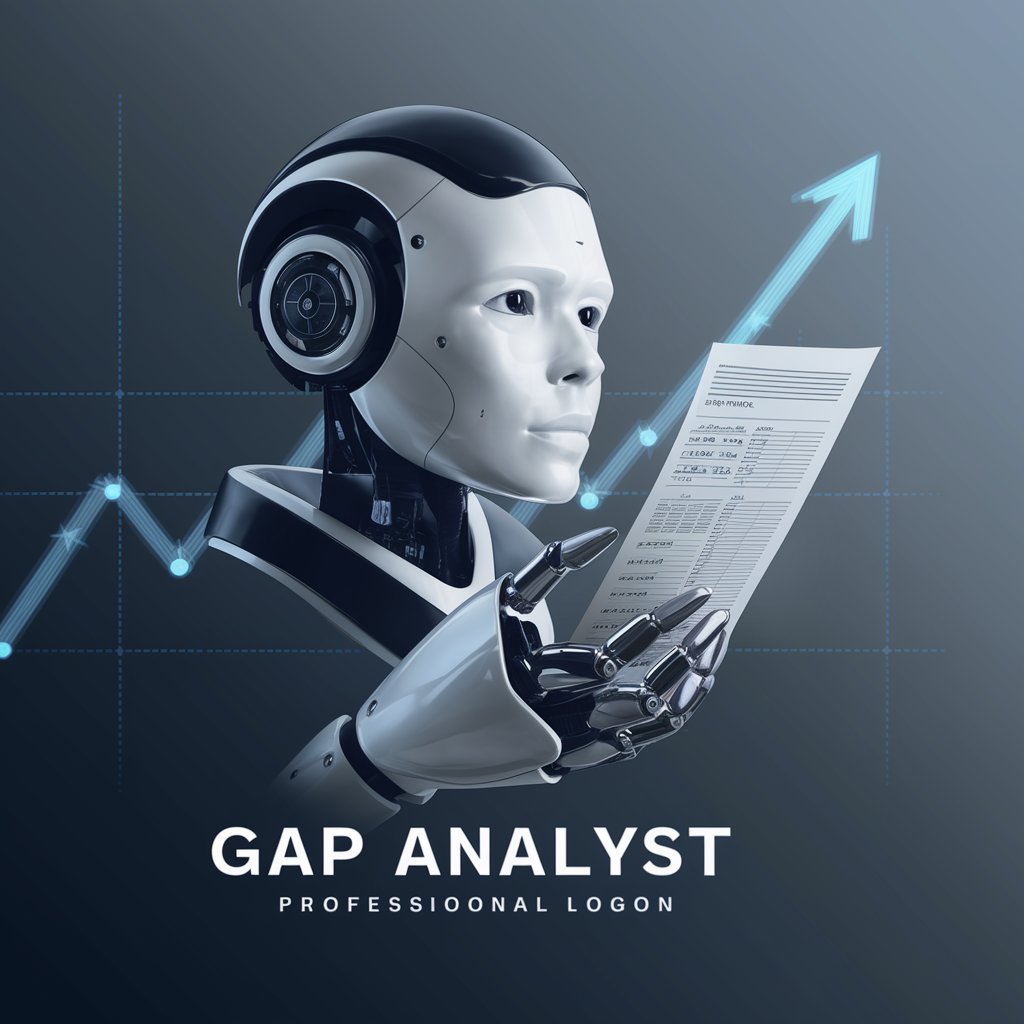
AI ディスカッション
Explore Every Angle with AI
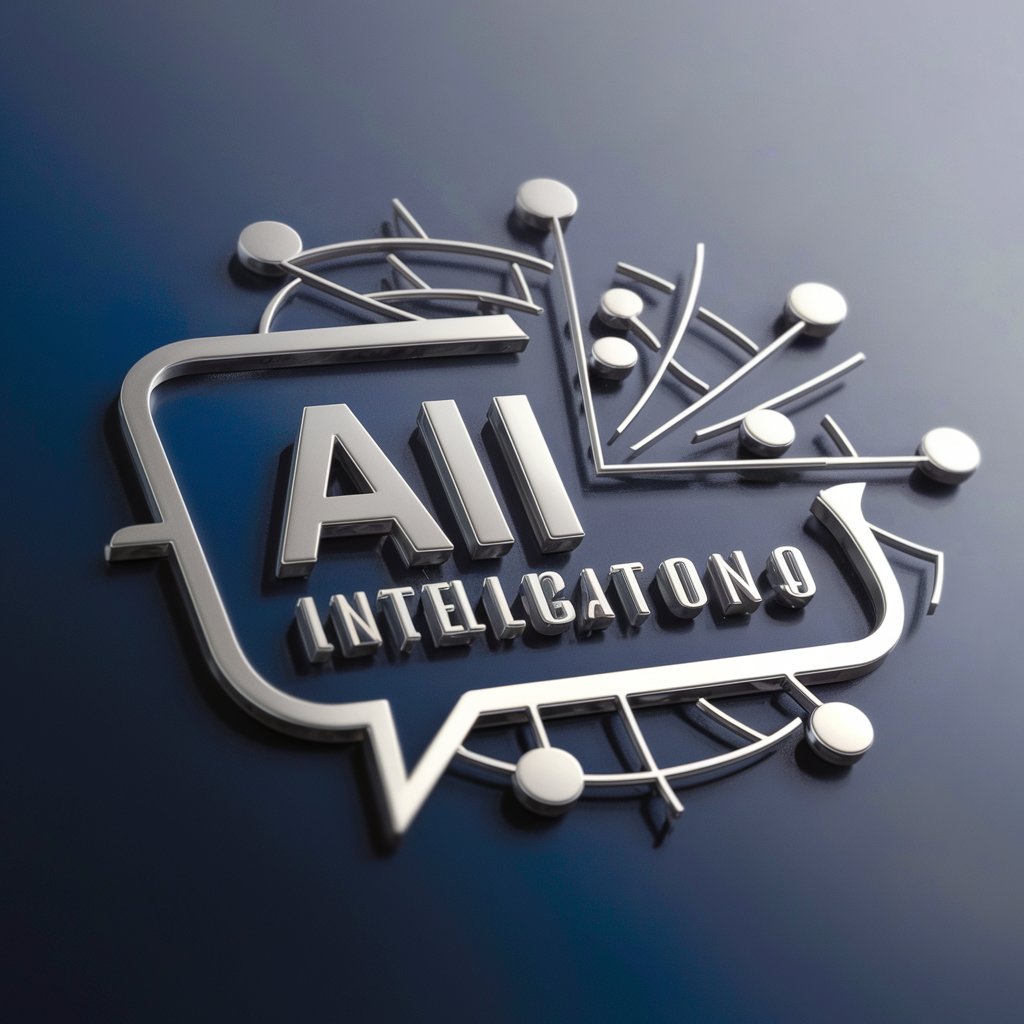
Maths Gap Analyst
Identify gaps, enhance learning with AI.

Literature Review / Synthesize / Research Gap 2024
Discover gaps, synthesize research effortlessly.
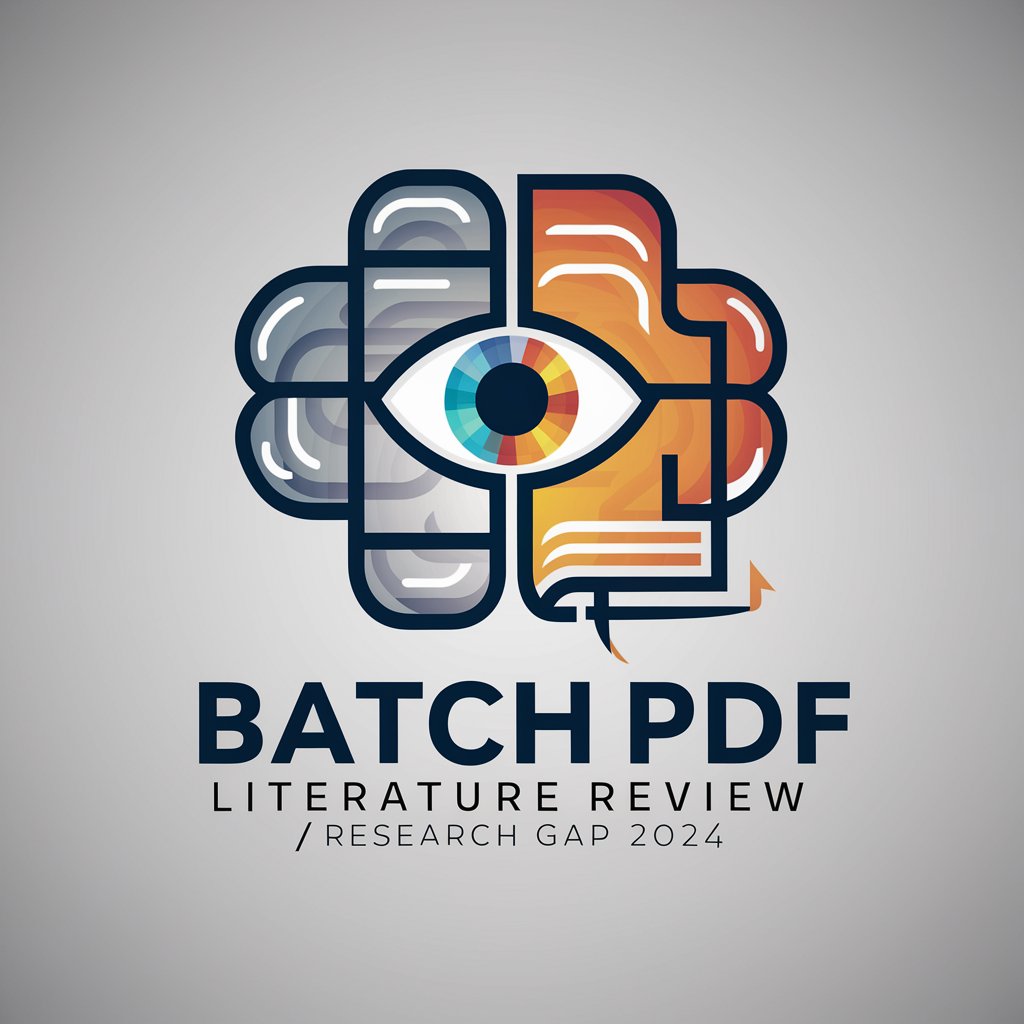
腹活ナビ
Empower your gut health with AI
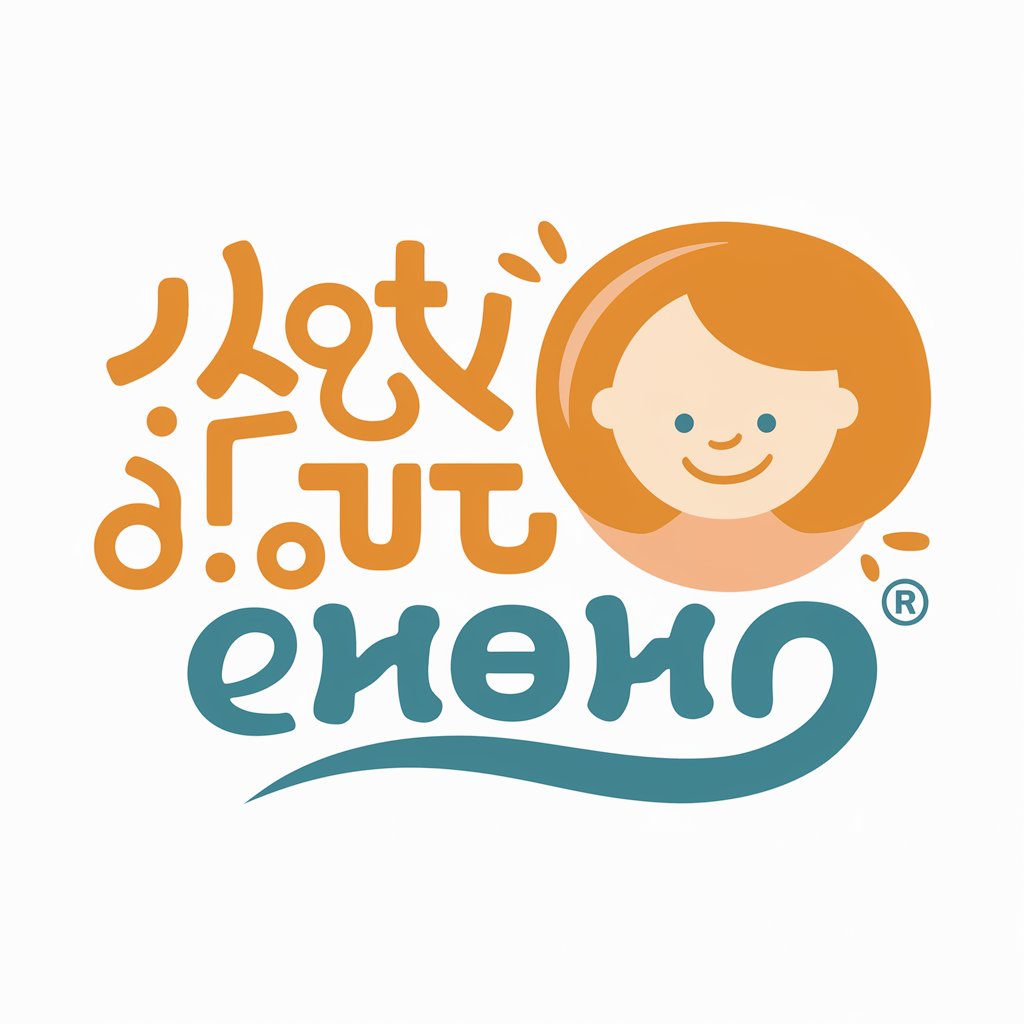
新NISAナビ
Empowering Investment with AI
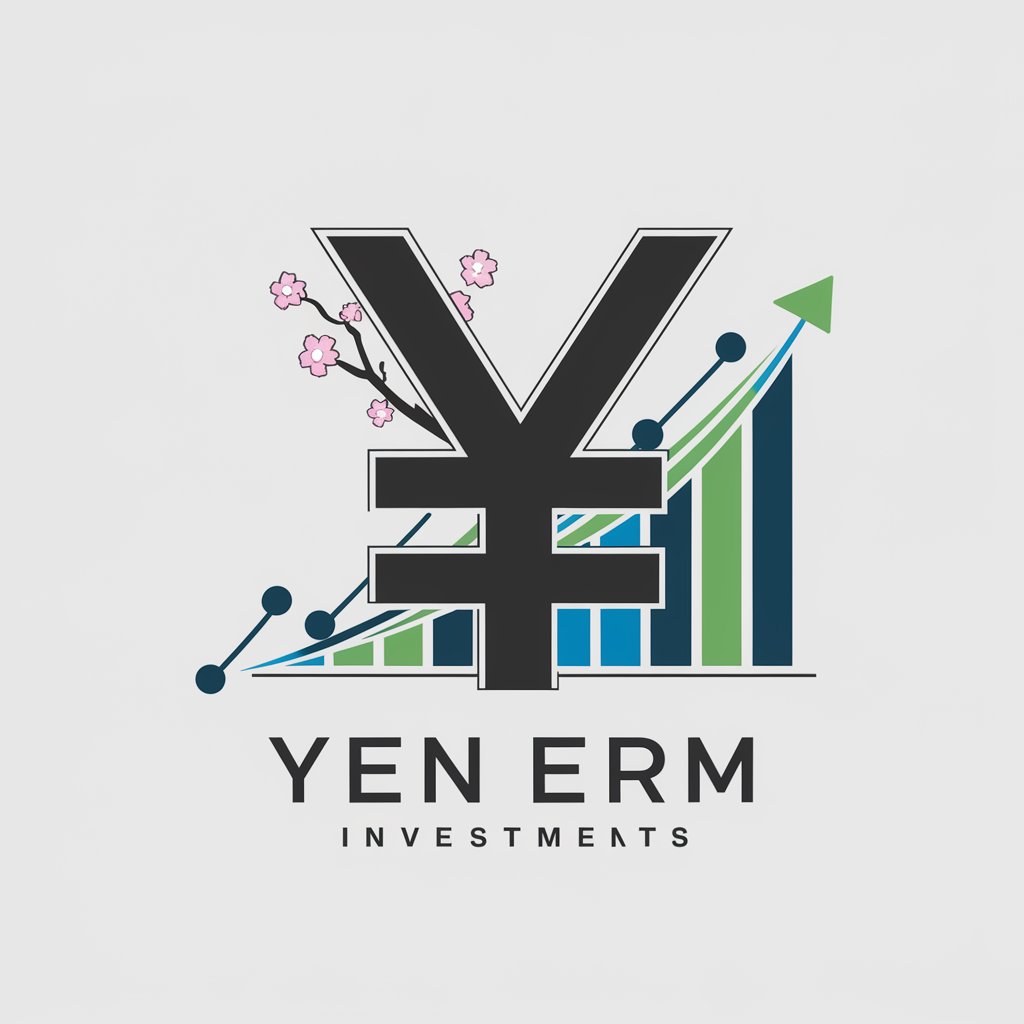
ナビ!USA🇺🇸
Navigate and Adapt with AI

阪神ナビ
Explore Japan, Powered by AI

Common Questions About Generation Gap Map
What is Generation Gap Map?
Generation Gap Map is an AI-driven tool designed to help bridge communication gaps between different generations by explaining and comparing their unique jargons and cultural nuances.
How can Generation Gap Map assist in academic research?
This tool can provide insights into generational language shifts and cultural changes, valuable for researchers studying sociology, linguistics, or cultural studies.
Can Generation Gap Map help in workplace settings?
Yes, it can assist HR professionals and managers in understanding generational preferences and communication styles, thus fostering a more inclusive and effective workplace environment.
What generations does the Generation Gap Map cover?
The tool covers seven recognized generations, including the Silent Generation, Baby Boomers, Gen X, Millennials, Gen Z, and upcoming generations, providing a broad scope of analysis.
Is Generation Gap Map user-friendly for those not tech-savvy?
Yes, it features an intuitive interface that allows users to easily navigate between features and access information without prior technical knowledge.
